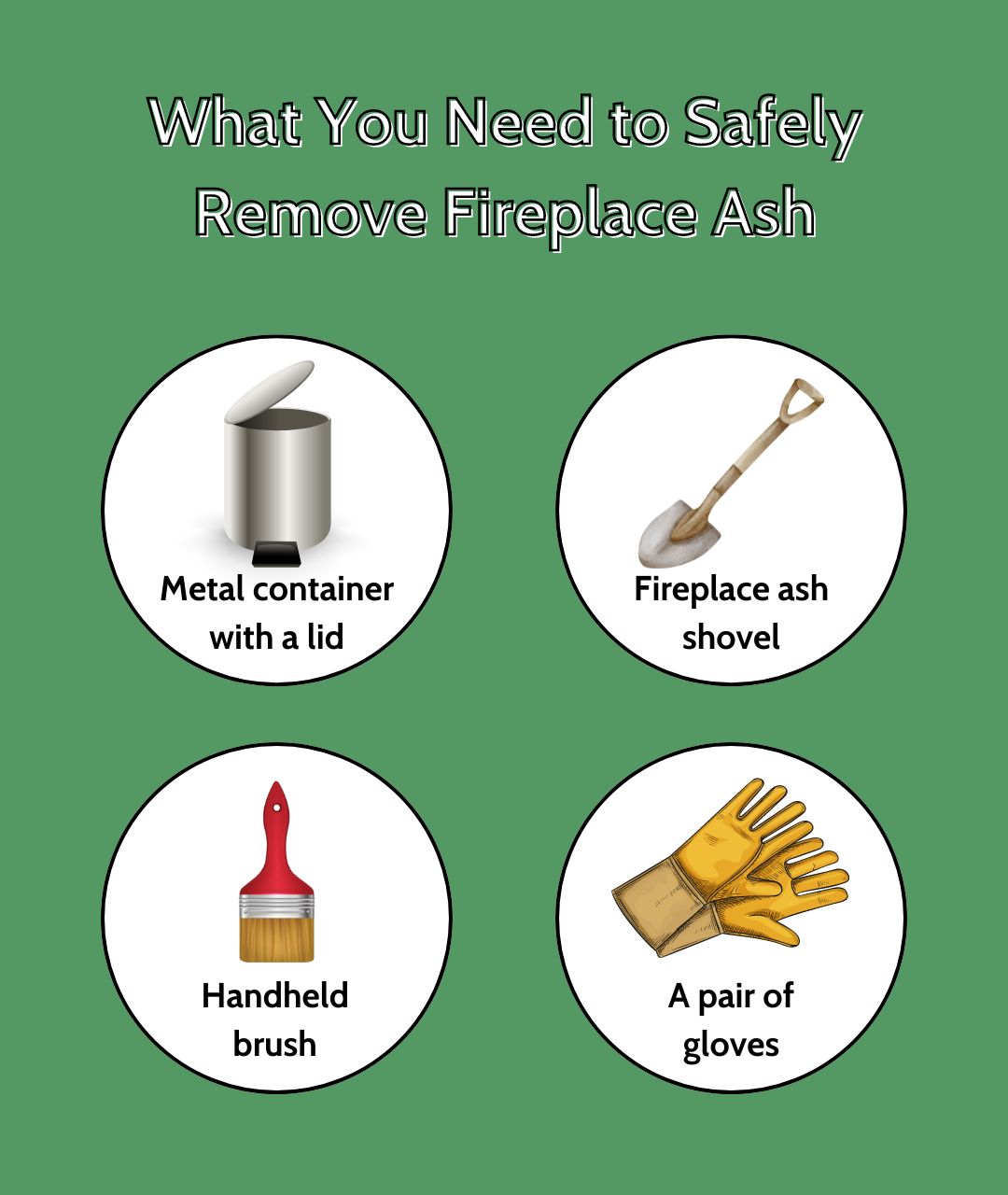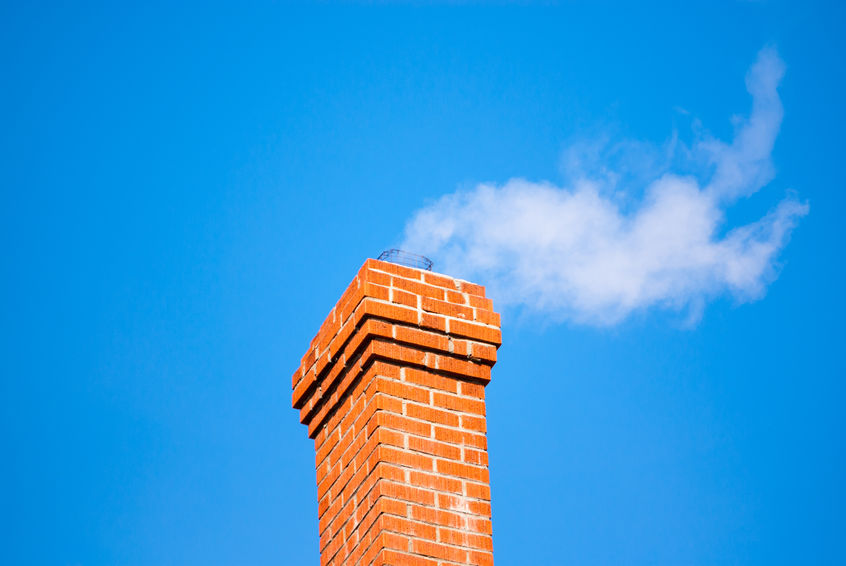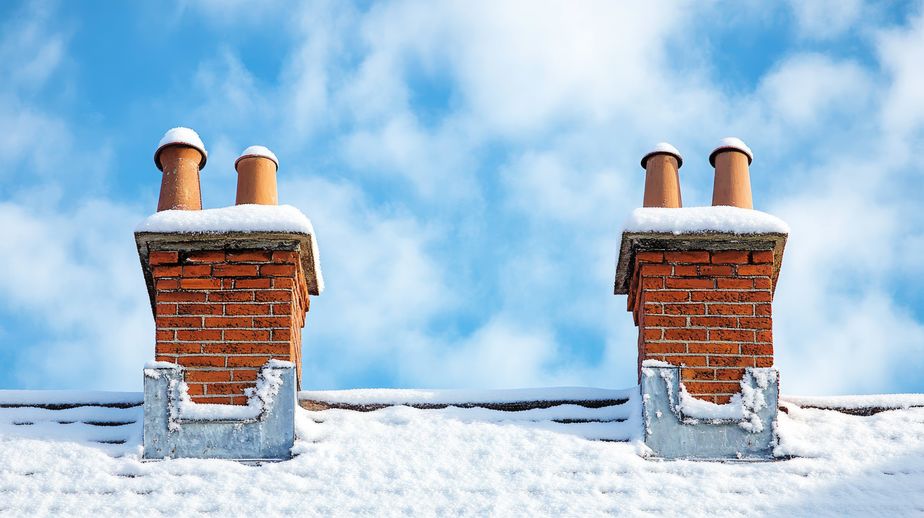Everyone loves the warm and inviting glow of a fireplace. It inspires relaxation and offers a much-needed distraction from the hustle and bustle of everyday living. However, the joy of fireside life does have some drawbacks and inherent dangers that are unavoidable such as ash removal.
On the surface, ash removal sounds straightforward. But you can seriously injure yourself if ash isn’t handled correctly and the right precautions aren’t taken. Mid-Valley Chimney Repair & Sweeps is here to give you some insight into how to deal with and properly dispose of ash. If you have additional questions about ash removal and other important steps in your fireplace maintenance plan, reach out to us online or at 513-727-0994.
When Is the Best Time To Remove Ash From My Fireplace?
One of the most common tips for using your wood-burning fireplace is to leave a layer of ash behind after you’re done to act as insulation. While this is accurate and we do recommend the practice, this bit of advice is misinterpreted quite a bit. Ash shouldn’t be a year-round mainstay in your fireplace or stove. Your fireplace should be free and clear of ash for the next few months now that summer is in full swing.
Late spring and early summer is the ideal time for a thorough chimney sweeping and yes, that involves completely removing all ash from your fireplace. If you’ve already cleaned up leftover ash, you’re a third of the way done with your yearly fireplace maintenance. You still need to schedule your yearly chimney inspection and sweeping to mark that task completely off of your to-do list.
Tips for Safe Ash Removal
Removing ash can be intimidating, but it’s absolutely possible to remove ash successfully without anxiety.
Here are our tips for safe ash removal:
- Wait for it to cool completely. This is crucial for safety. Ashes can stay hot for a long time, so allow at least 12-24 hours after your last fire before trying to remove them.
- Regular ash removal is key. Regularly remove excess ash to ensure proper airflow in your fireplace and prevent buildup.
- Leave a thin layer for insulation. Aim to leave about a quarter of an inch of ash on the fireplace floor. This layer acts as insulation for future fires.
- Remove all ash at the end of the season. During the burning season, leave a layer of ash for insulation. However, all ash should be removed as soon as the burning season ends.
- Always use a metal container with a lid. A metal ash container with a tight-fitting lid is your secret weapon for safely storing ashes and preventing fire hazards. It provides a protective barrier between your skin and the hot layer of ash.
How Do I Dispose of Fireplace Ash?
After the ashes have completely cooled, put on a pair of gloves and carefully scoop them into that handy metal container with the tight-fitting lid. This metal container acts as a safe enclosure for the ashes, trapping any embers that might still be present and preventing them from reigniting. Once filled, store the closed metal container outside on a non-combustible surface, away from your house, garage, or any flammable materials like leaves, firewood, or trash.
You must take any necessary steps to avoid mixing fireplace ashes with other flammable materials like cardboard or paper. Finally – when the container is full and securely stored outdoors – you can dispose of the ashes by placing them in your regular outdoor trash bin.
Can Fireplace Ash Be Composted?
Our understanding of environmental impact is constantly growing and changing. “Reduce, reuse, and recycle” has grown into much more than a slogan – for many of us, it’s a way of life. Can this principle also be applied to ash disposal?
Sort of. While fireplace ash can be a valuable source of minerals for compost, moderation is still key. Adding too much ash can raise the overall pH of your compost pile beyond a healthy range. This high alkalinity can harm the beneficial microbes responsible for decomposition and negatively affect plant growth. To avoid this, use fireplace ash sparingly when adding it to your compost. It’s also wise to monitor your compost’s pH levels using a simple testing kit. This way, you can ensure a healthy and balanced environment.
If you decide to compost ash, use the same techniques we suggest and keep it stored away in a metal container until you’re ready to use it.
Call Us to Book Your Yearly Chimney Inspection & Sweeping Today
End-of-the-year ash removal should be the first step in your summertime plans for chimney and fireplace maintenance. After you’ve safely cleared the ash for the firebox, reach out to the Mid-Valley Chimney Repair & Sweeps team to book your annual chimney inspection and cleaning. Call us now at 513-727-0994 or contact our customer service team online.




